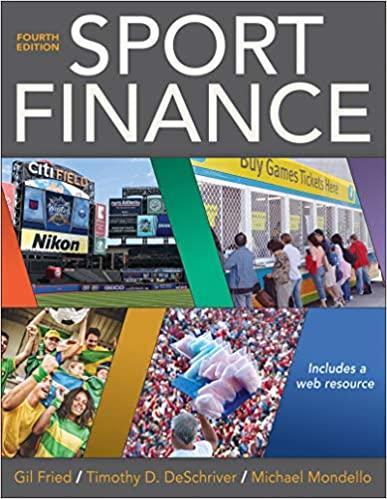
2. Consider the specific-factors model (2 goods, 3 factors, where labor is the flexible factor) for a givencountry with the following cobb-Douglas production technologies: Qc = K1/212, (clothing) Qp = T1/21 (food) where L = Lc+ LF is the aggregate endowment of labor in each sector and K (capital) and T (land) are the specific factors in each sector. (a) Assume that all consumers in the country have Leontief preferences-one unit of food must alwaysbe combined with exactly one unit of clothing. i. What do indifference curves look like for these consumers? j. What does the relative demand curve look like? What Qc/Qrwill consumers choose given any pc/p/? (b) What is the Marginal Rate of Transformation (MRT) between clothing and food in in this sector?(That is, how many more units of food can be made in this economy if one less unit of clothing is made). Answer the following parts: i. What is the MRT in terms of the marginal product of labor in the food sector and the marginal product of labor in the clothing sector? ii. Solve for the marginal product of labor in each sector to write the MRT in terms of K TLcLF. What do you get? (c) At the output bundle of Qcand Orthat maximizes national revenues, what relationship between pc/pf and the MRT must hold? Given what the MRT is in part (b)(ii), what does this relationship mean Lc/Lehas to be given KIRERE? (d) The production functionQc = K1/2L? means that that given the national endowment of K, to make Qc units of clothing it takes Lc= Q2c/K units of labor. Similarly, the production function Qp = T1/2\/2 means that with a national endowment of T, to make Qr units of food it takes L-= 02-/T units of labor. Plug these expressions in for Land Ls in your answer to (o)-then re-arrange to show what the relative supply level er will be in terms of " and Es when the producer maximization condition holds. (e) Using your relative supply and relate demand curves, what will the autarky relative pricepr be in terms of the relative endowment of the two factors K/T? Plot the relative demand and relative supply curve for this economy. (f) Suppose that Home is endowed with 200 units of K and 100 units of T. Foreign is endowed with 300 units of K and 3000 units of T. Which good does Home have comparative advantage in? If the two countries open to trade, which good will Home export, and which good will Home import? PC 2. Consider the specific-factors model (2 goods, 3 factors, where labor is the flexible factor) for a givencountry with the following cobb-Douglas production technologies: Qc = K1/212, (clothing) Qp = T1/21 (food) where L = Lc+ LF is the aggregate endowment of labor in each sector and K (capital) and T (land) are the specific factors in each sector. (a) Assume that all consumers in the country have Leontief preferences-one unit of food must alwaysbe combined with exactly one unit of clothing. i. What do indifference curves look like for these consumers? j. What does the relative demand curve look like? What Qc/Qrwill consumers choose given any pc/p/? (b) What is the Marginal Rate of Transformation (MRT) between clothing and food in in this sector?(That is, how many more units of food can be made in this economy if one less unit of clothing is made). Answer the following parts: i. What is the MRT in terms of the marginal product of labor in the food sector and the marginal product of labor in the clothing sector? ii. Solve for the marginal product of labor in each sector to write the MRT in terms of K TLcLF. What do you get? (c) At the output bundle of Qcand Orthat maximizes national revenues, what relationship between pc/pf and the MRT must hold? Given what the MRT is in part (b)(ii), what does this relationship mean Lc/Lehas to be given KIRERE? (d) The production functionQc = K1/2L? means that that given the national endowment of K, to make Qc units of clothing it takes Lc= Q2c/K units of labor. Similarly, the production function Qp = T1/2\/2 means that with a national endowment of T, to make Qr units of food it takes L-= 02-/T units of labor. Plug these expressions in for Land Ls in your answer to (o)-then re-arrange to show what the relative supply level er will be in terms of " and Es when the producer maximization condition holds. (e) Using your relative supply and relate demand curves, what will the autarky relative pricepr be in terms of the relative endowment of the two factors K/T? Plot the relative demand and relative supply curve for this economy. (f) Suppose that Home is endowed with 200 units of K and 100 units of T. Foreign is endowed with 300 units of K and 3000 units of T. Which good does Home have comparative advantage in? If the two countries open to trade, which good will Home export, and which good will Home import? PC







